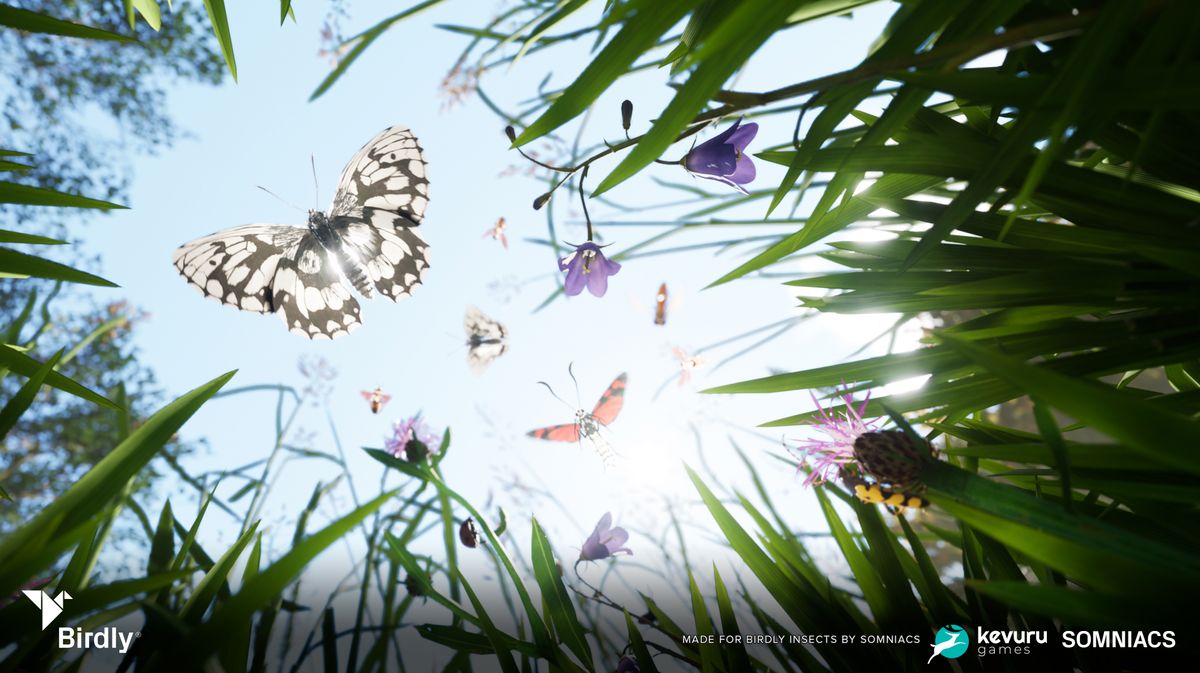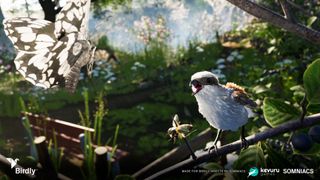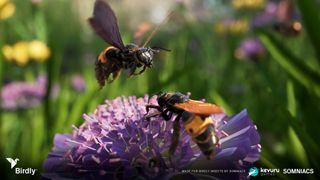Can VR experiences replace reality? The story of Kevuru games' work on ultra-realistic VR simulation Birdly Insects that offers visitors the role of a butterfly

Kevuru Games, a global game art and development studio based in Ukraine, is constantly looking for new and innovative ways to showcase some of the most thrilling game worlds. With experience in over 100 projects including world famous games such as Fortnite and Star Wars, Kevuru Games also had the opportunity to work on an incredibly important project − raising awareness of how important insects are to the ecosystem.
The bearer of this idea is Birdly − a unique, fully immersive flight simulation platform from the Swiss company SOMNIACS. Since the simulator required ultra realism, it was necessary to assemble a team with strong experience in 3D modelling and animation. The Kevuru Games specialists were a great match. Moreover, the work on Birdly Insects allowed the team to become the Gold Winner of the NYX Game Awards.
Although the Kevuru team has worked on VR projects many times, Birdly Insects was special. Unlike other commercial or gaming projects, the key feature of this simulator was absolute realism. Not conditional game realism, but photorealism. Looking at a 3D model of a butterfly, a person should have the feeling that this is a real insect, somehow digitalized and added to virtual reality. This has become a prerequisite for visitors to fully immerse themselves in the world of wildlife and forget that they are in some room wearing strange glasses.
The work consisted of two key stages – creating models and then animating them. The team was provided with numerous references from the customer, including photos of real insects, birds, and plants from different angles, as well as links to video materials demonstrating the movements of insects and birds in various situations. An additional plus was the participation in the project of nature researchers and biologists, who provided qualified recommendations on the correct display of various details of the models.

Roksolana Kordiuk, one of the 3D animators working on the project, admitted that the most difficult thing was probably doing Idle, oddly enough. Birds have very fast and sharp movements, but at the same time, they are smooth (more in flight). It was necessary to catch every micro-movement and maintain this balance between sharpness and smoothness.
Because sometimes the bird quickly turns almost 180 degrees, then it freezes and it seems that it does not move at all on the reference. But it doesn't work that way in animation: in order for it to look alive, you need to move it even minimally. And here you need to notice even the slightest movements and try to repeat them, so the keys to the animation were, if not after one, then after two frames.
Another 3D animator on the team, Oleksii Milykh, noted that an important feature was that insects move in a completely different way than the animals we are used to. Even the same indoor hamster is much closer to the physics and dynamics of the movement of an elephant than to a beetle or a butterfly.

It's all about mass. We are used to the fact that the body has mass and inertia, which significantly affects the dynamics of movement. But when you work with an insect and its very light body, you have to take into account the effect of the wind on the animation of the behaviour rather than the inertia of the mass of the insect.
During the work on the project, the team created 23 full-fledged models of plants, insects, and birds with animation. The created models turned out to be as similar as possible to the provided references, which made it possible to achieve the customer's key goals and make the simulator extremely immersive, so that visitors could fully experience the life of an insect. The simulator was enthusiastically received by many museums in various cities in Switzerland, and it drew wide public attention to the role of insects in the global ecosystem.
Sign up to the 12DOVE Newsletter
Weekly digests, tales from the communities you love, and more
